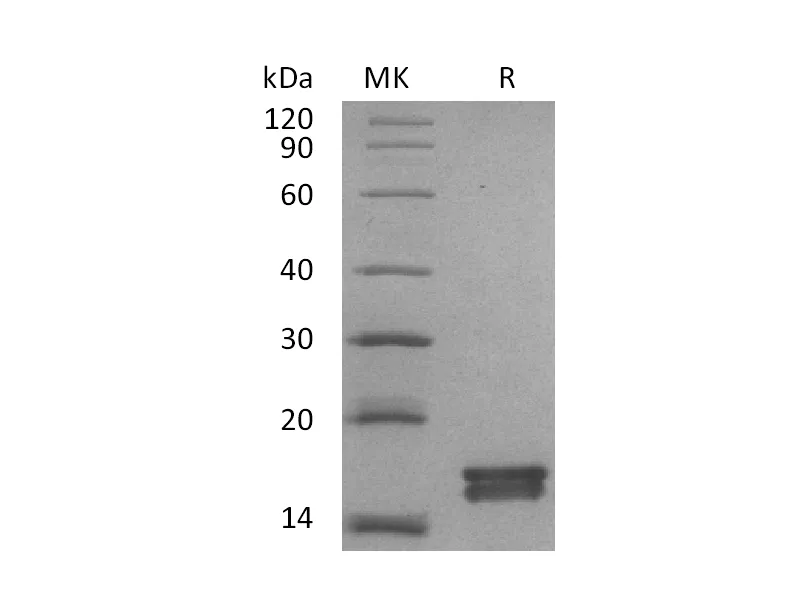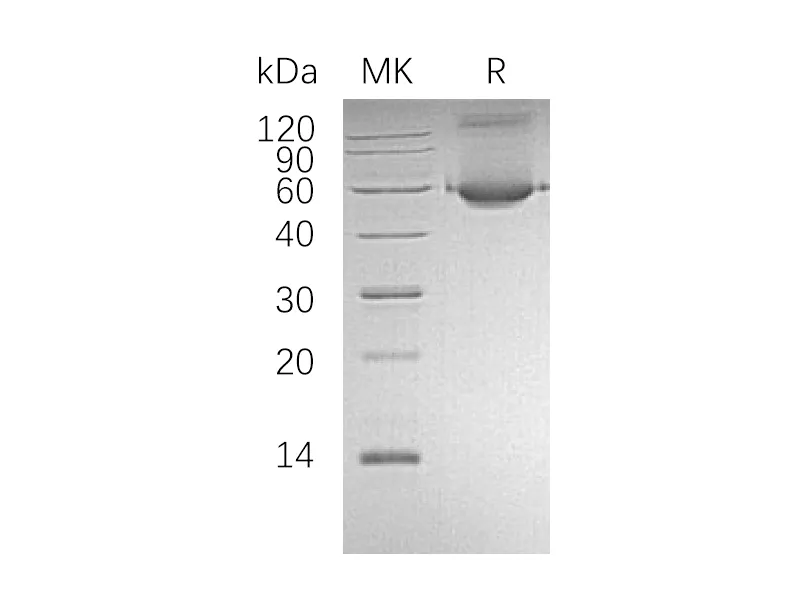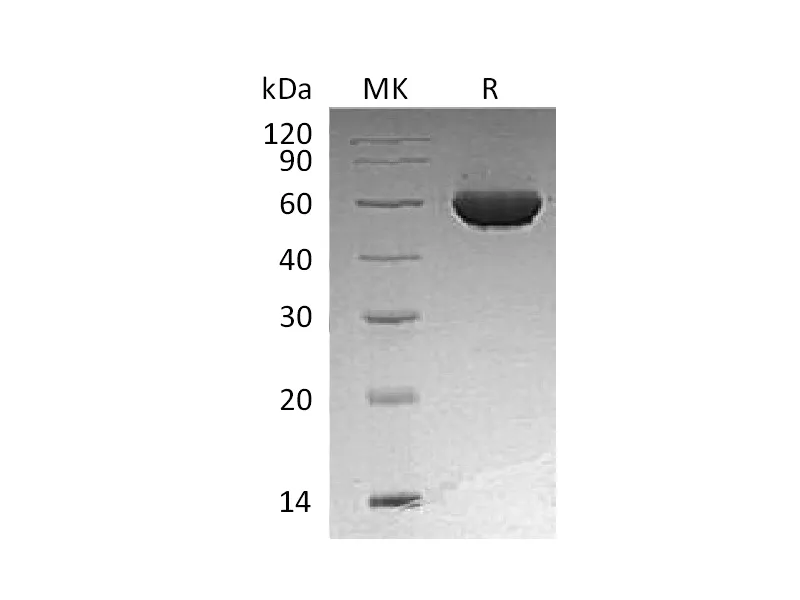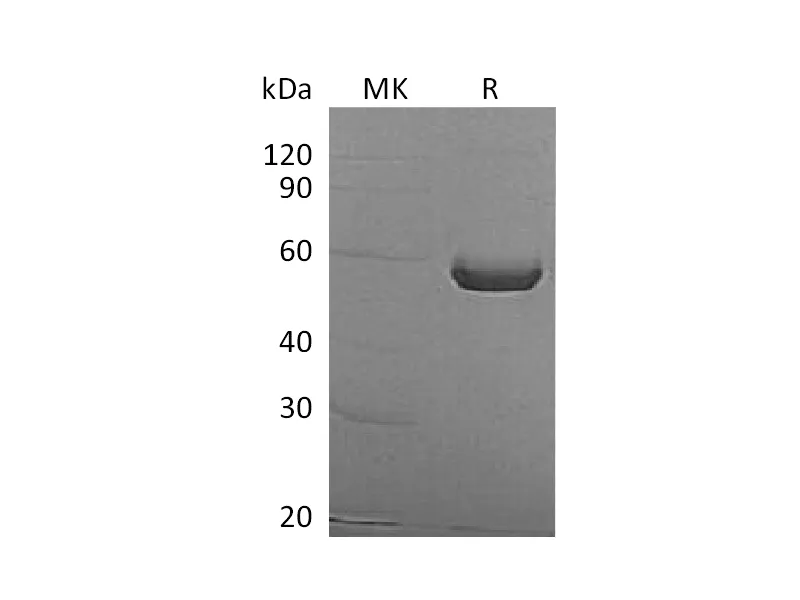Alternative Names
Poliovirus Receptor-Related Protein 1; Herpes Virus Entry Mediator C; Herpesvirus Entry Mediator C; HveC; Herpesvirus Ig-Like Receptor; HIgR; Nectin-1; CD111; PVRL1; HVEC; PRR1
Background
Nectin-1 is a type I transmembrane glycoprotein belonging to the Ig superfamily. Nectin-1 promotes cell-cell contacts by forming homophilic or heterophilic trans-dimers. Heterophilic interactions have been detected between Nectin-1 and Nectin-3 and between Nectin-1 and Nectin-4. Nectin ECDs contain three Ig like domains: an N terminal V type that mediates ligand binding, and two C2 type. Nectin-1 binds viral Glycoprotein D to mediate Herpesvirus (but not Poxvirus) entry into vaginal mucosa, sensory neurons and fibroblasts. In forming adherens junctions and synapses, Nectin-1 and Nectin-3 initiate cell-cell interactions, recruiting αvβ3 integrin extracellularly and cadherins intracellularly through afadin and other junctional proteins. These interactions organize the cytoskeleton, strengthen attachment to basement membrane and promote further cell-cell connections. Nectin-1 and Nectin-3 have been found to localize assymetrically along the chemical synapse, with Nectin-1 primarily on the axonal side and Nectin-3 on the dendritic side. Deficiency of Nectin-1 can result in cleft lip/palate ectodermal dysplasia. Nectin-1 downregulation in epithelial cancers is mediated in part by ectodomain shedding, but it may contribute to invasiveness.
Note
For Research Use Only , Not for Diagnostic Use.




